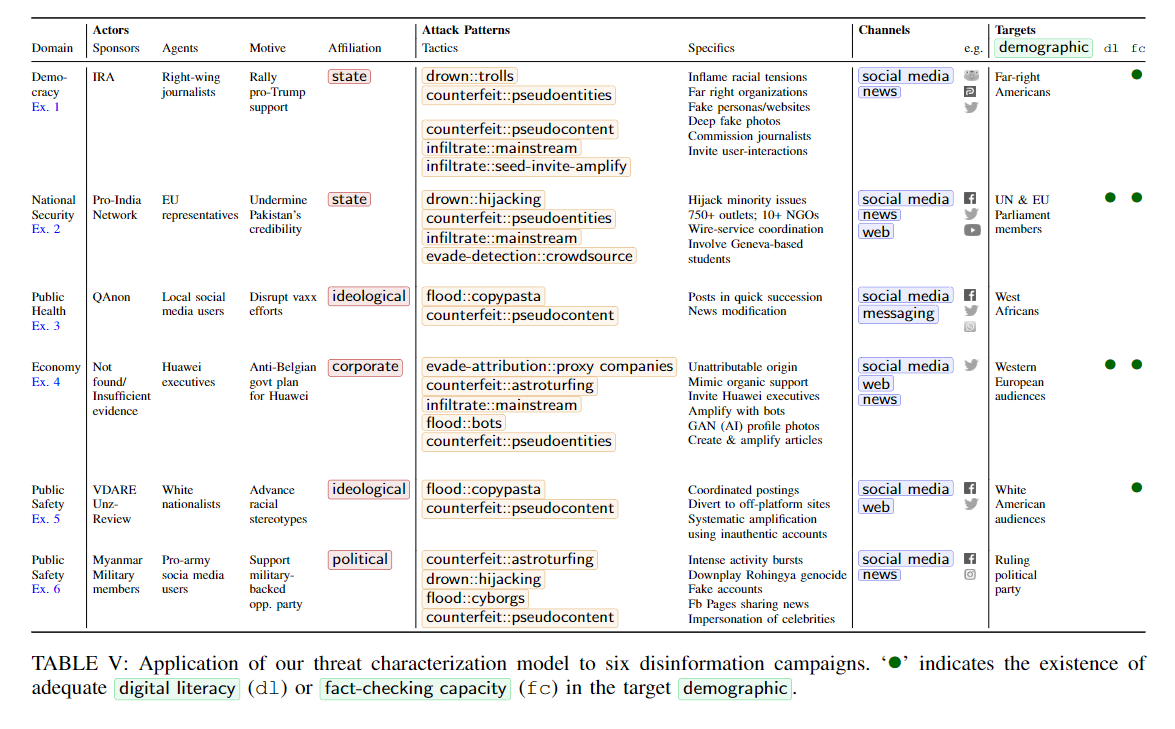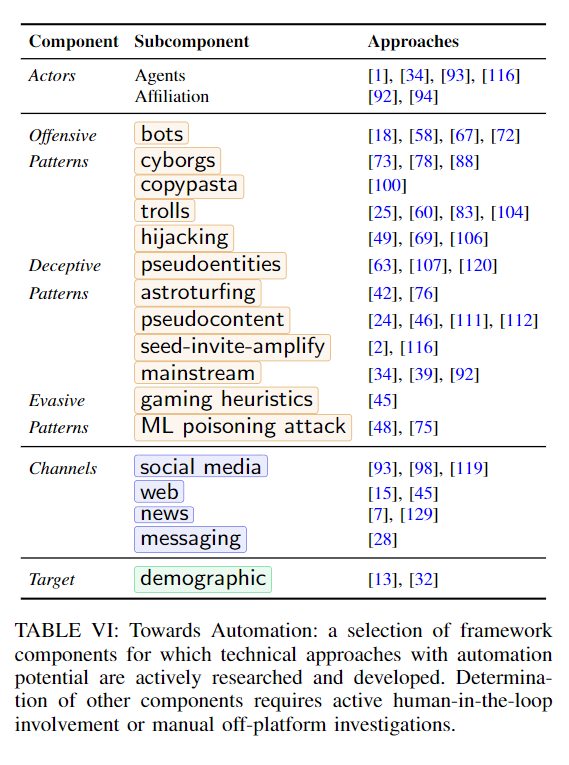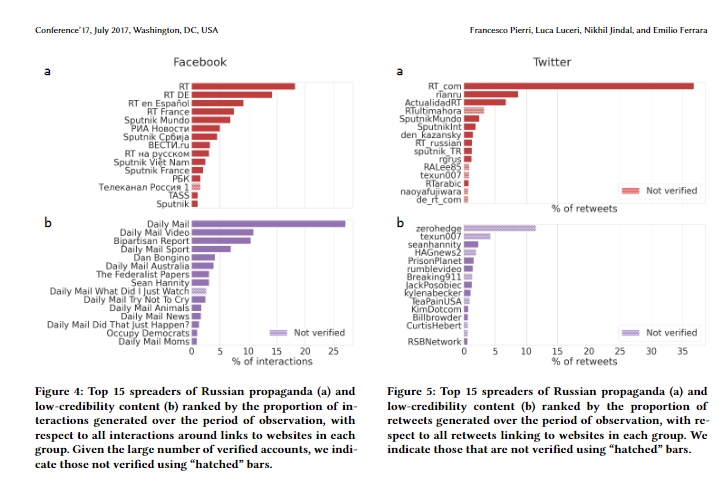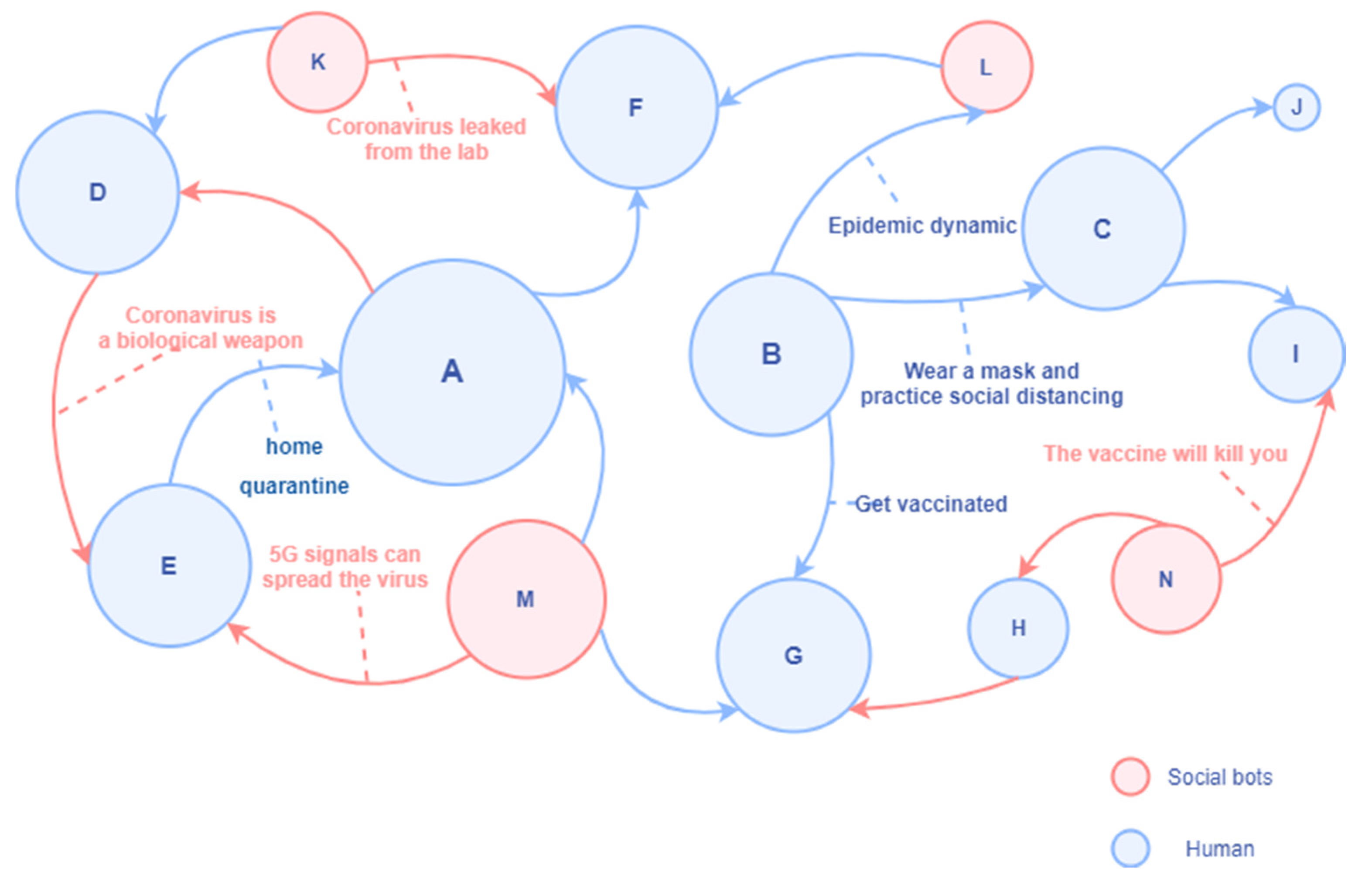https://web.archive.org/web/20250611071342/https://ruk.ca/content/bots-are-eating-my-blog-lunch
[[Peter Rukavina]] blog sees high spikes in bot traffic. This blogpost shows how he blocked those bots both in robots.txt and in Apache. I think my hoster blocks a bunch of bots, but not sure whether my site traffic still has a lot of bot traffic.



